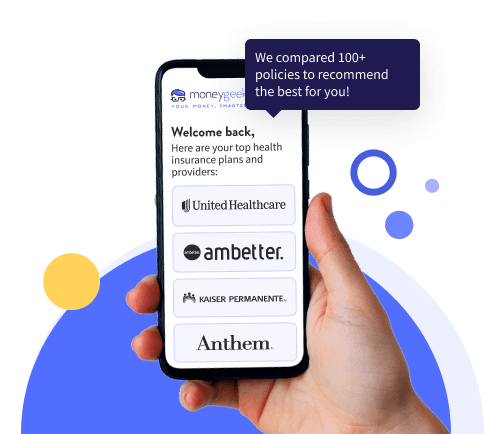Yes, it’s possible to have two health insurance plans. This happens if you’re covered through your own employer and your spouse’s employer, if you’re under 26 and listed on both your plan and your parents’ plan or if you qualify under other dependency rules set by each provider.
The two plans coordinate benefits to decide how payments are handled. Insurance carriers determine which one serves as your primary plan based on factors such as employment status, enrollment dates and dependent relationships.
The primary plan pays first and the secondary plan covers the remaining costs. Together, they won’t pay more than 100% of your total medical expenses.



